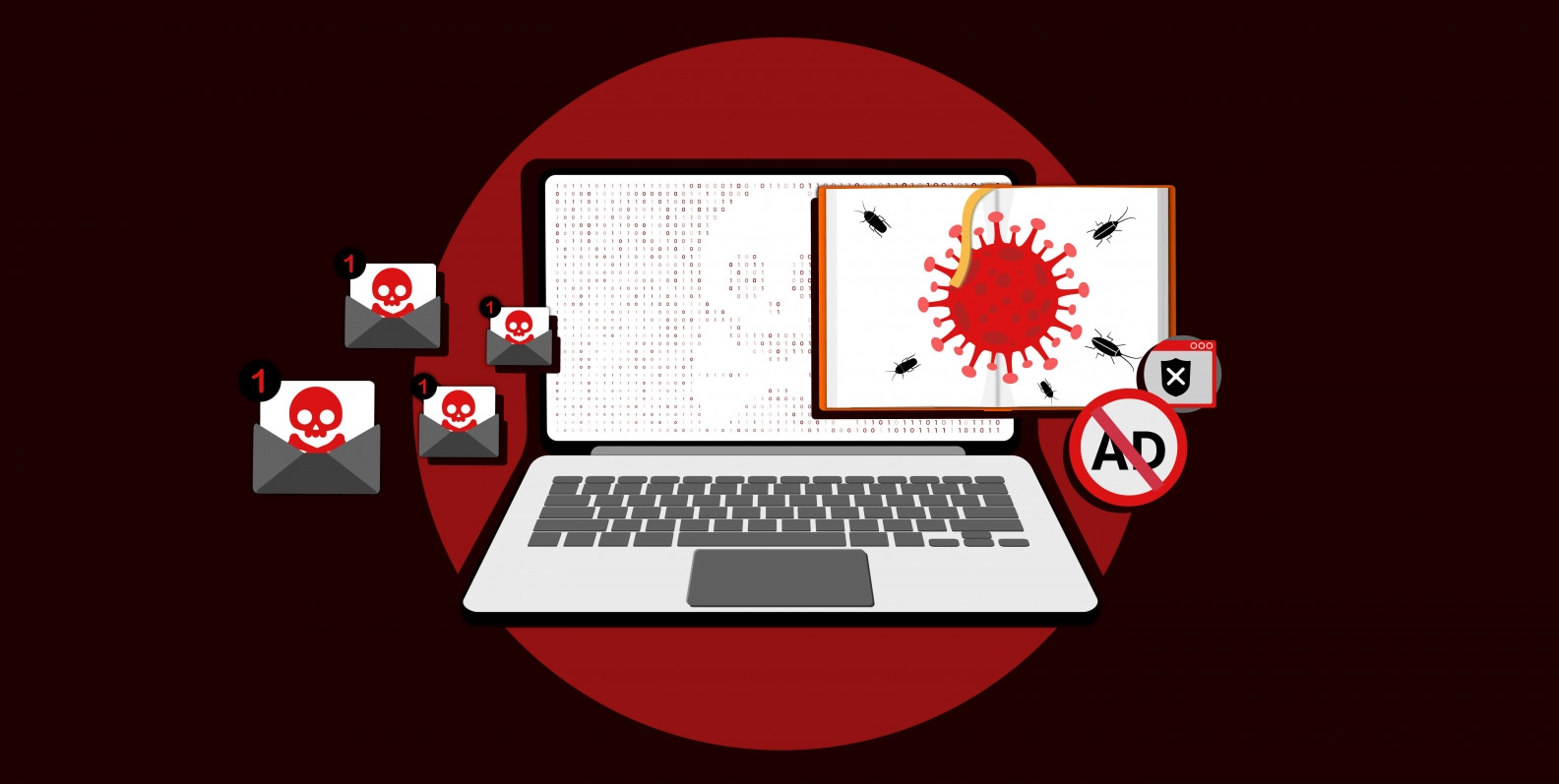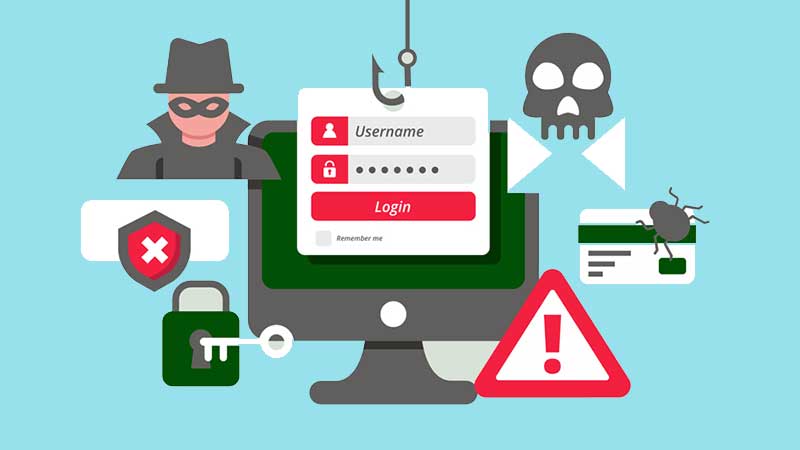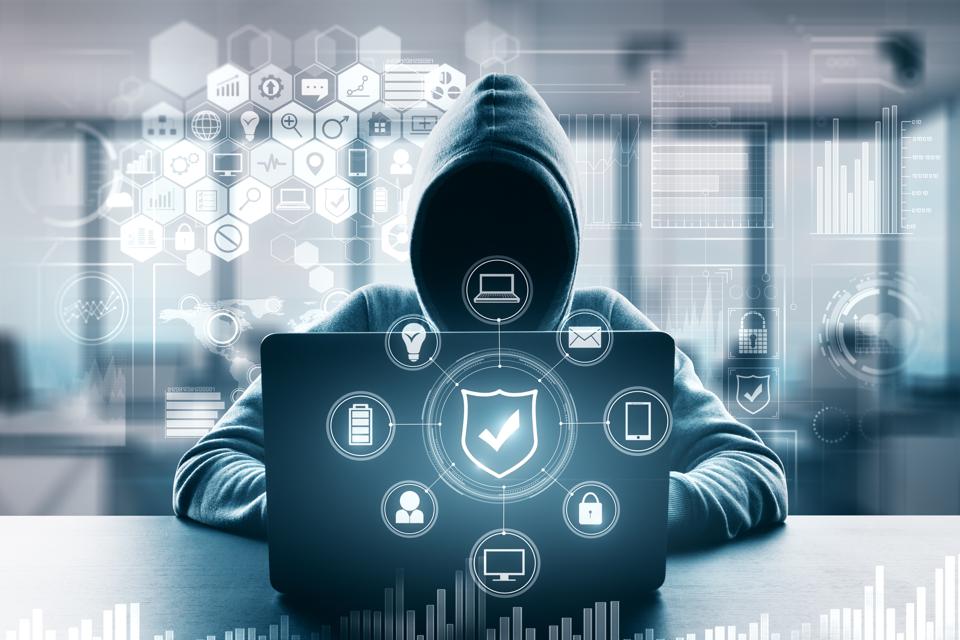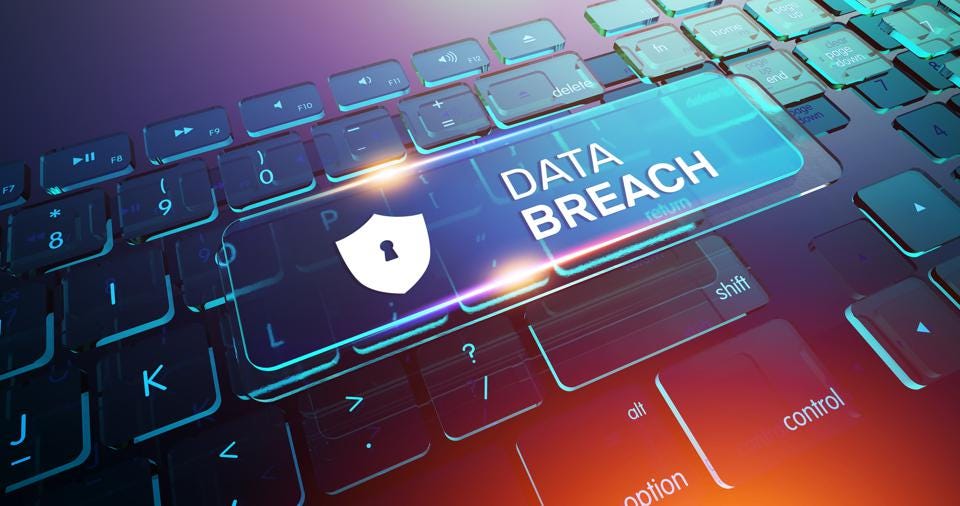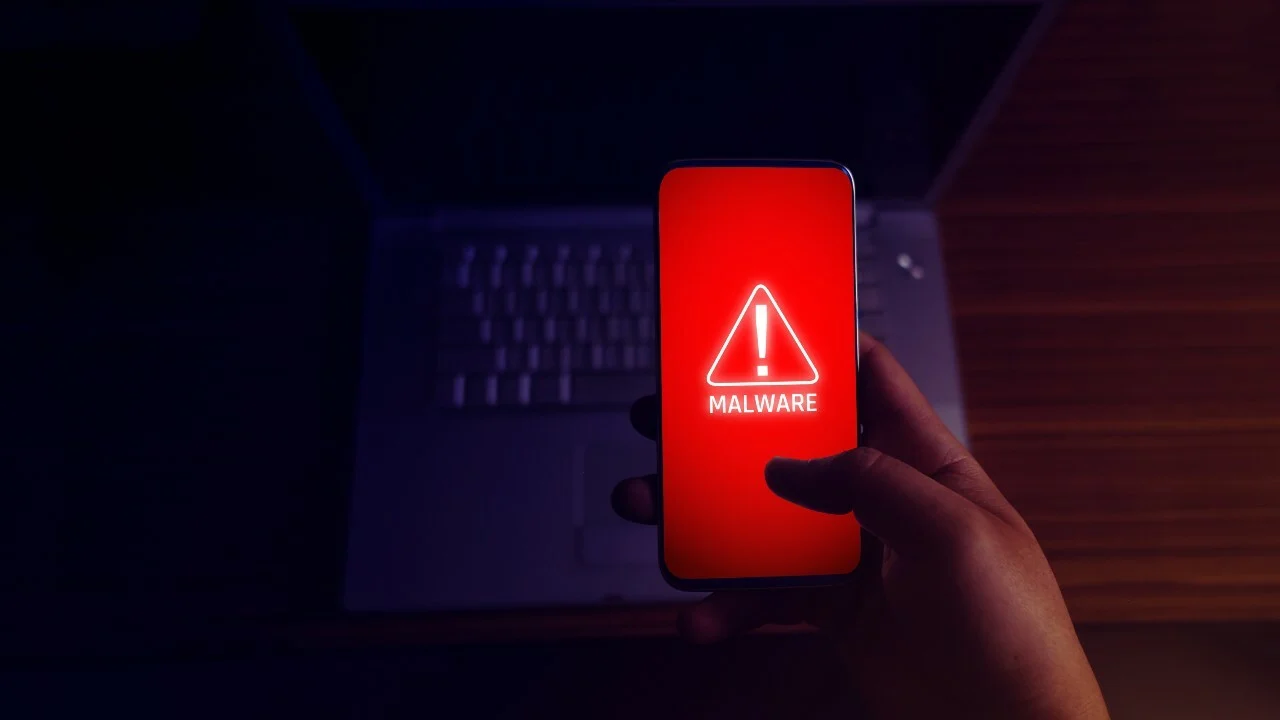CyberSecurity Gives you Information

What is CyberSecurity?
is the state or process of protecting and recovering networks, devices and programs from any type of cyberattack.
Cyberattacks are an evolving danger to organizations, employees and consumers. They may be designed to access or destroy
sensitive data or extort money. They can, in effect, destroy businesses and damage your financial and personal lives especially
if you’re the victim of identity theft. What’s the best defense? A strong cyber security system has multiple layers of protection
spread across computers, devices, networks and programs. But a strong cyber security system doesn’t rely solely on cyber defense
technology; it also relies on people making smart cyber defense choices. The good news? You don’t need to be a cyber security
specialist to understand and practice good cyber defense tactics. This guide can help. You’ll learn more about cyber security and
how to help defend yourself against cyber threats, and how to recognize and avoid threats before they infiltrate your network or devices.
Cybersecurity is the practice of protecting systems, networks, and programs from digital attacks. These cyberattacks are usually aimed
at accessing, changing, or destroying sensitive information; extorting money from users; or interrupting normal business processes.
Implementing effective cybersecurity measures is particularly challenging today because there are more devices than people,
and attackers are becoming more innovative.
What is CyberSecurity Threats
Cybersecurity threats are acts performed by individuals with harmful intent, whose goal is to steal data, cause damage to or disrupt computing systems.
Common categories of cyber threats include malware, social engineering, man in the middle MitM attacks, denial of service DoS, and injection attacks
we describe each of these categories in more detail below. Cyber threats can originate from a variety of sources, from hostile nation states and
terrorist groups, to individual hackers, to trusted individuals like employees or contractors, who abuse their privileges to perform malicious acts.
A cyber security threat refers to any possible malicious attack that seeks to unlawfully access data, disrupt digital operations or damage information.
Cyber threats can originate from various actors, including corporate spies, hacktivists, terrorist groups, hostile nation-states, criminal organizations,
lone hackers and disgruntled employees. In recent years, numerous high-profile cyber attacks have resulted in sensitive data being exposed. For example,
the 2017 Equifax breach compromised the personal data of roughly 143 million consumers, including birth dates, addresses and Social Security numbers.
In 2018, Marriott International disclosed that hackers accessed its servers and stole the data of roughly 500 million customers. In both instances,
the cyber security threat was enabled by the organization’s failure to implement, test and retest technical safeguards, such as encryption, authentication
and firewalls. Cyber attackers can use an individual’s or a company’s sensitive data to steal information or gain access to their financial accounts,
among other potentially damaging actions, which is why cyber security professionals are essential for keeping private data protected.
Here are the cyber security strategies that you need to implement in order to keep your business safe and secure:
Create a security system: Unlike traditional administrative structures where operations and enforcement of rules are handled from the top-down
creating a security system using your human capital will need to be organized from the bottom-up.
Increase your employee skillset: Your cybersecurity is only a strong as its weaker link. Regularly train your team on the latest IT best practices.
Backup your data: Just like the best YouTubers constantly create backup of video footage they record, you need to constantly backup your organization's data.
Always backup you data, files and any electronic information that is vital to your business as well as the most recent drafts/iterations of projects your team
is working on. Put the cloud to work: Although the cloud is still has its risks, you are less likely to lose critical data by saving data to the cloud.
Using the cloud for a data storage is an economical option for small mid sized business.
Invest in your IT infrastructure: Install antivirus program and firewalls on your computers.
Firewall will discourage the average cybercriminal seeking to do damage your company.
Regularly update your computer security systes. Don't be shy when it comes to investing in your IT infrastructure.
